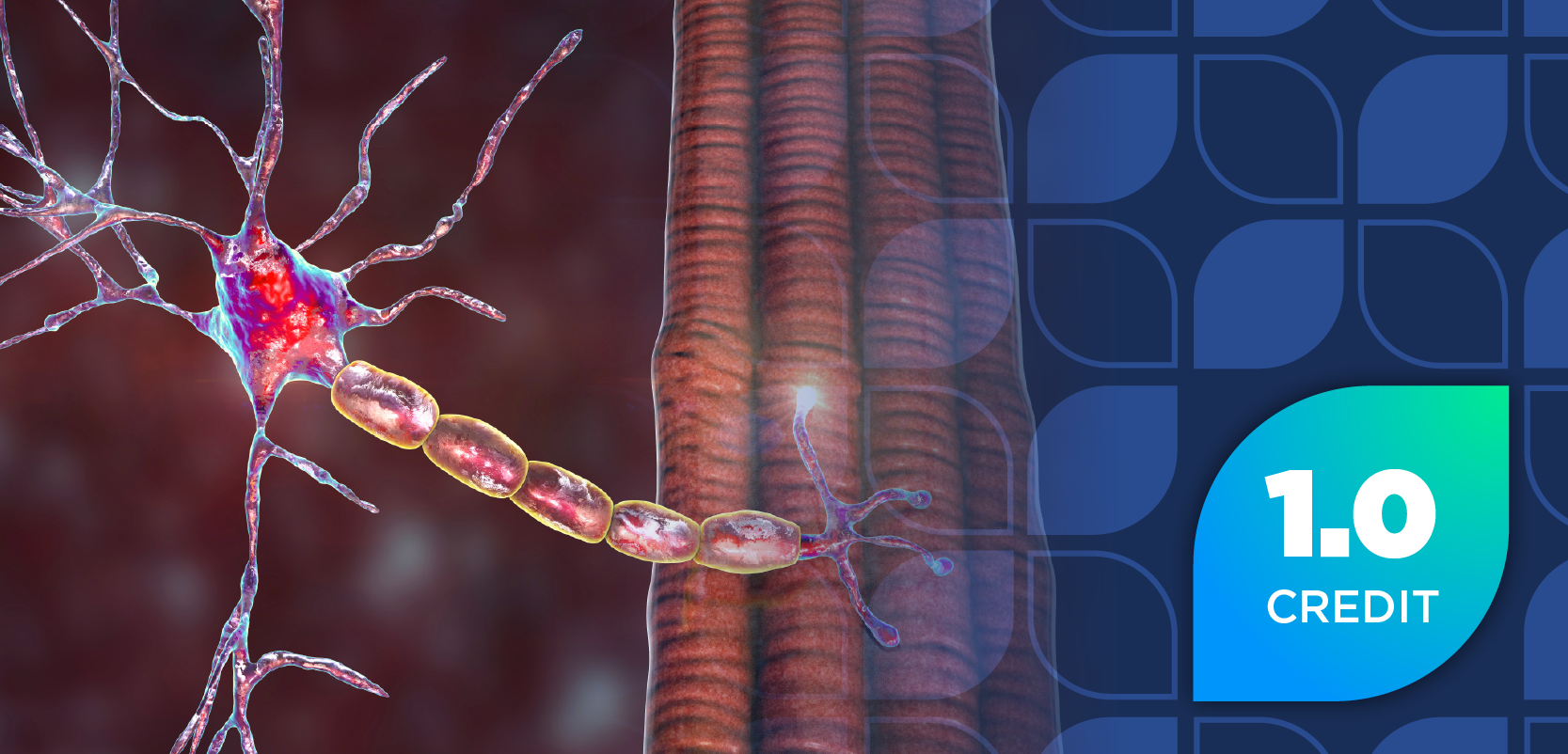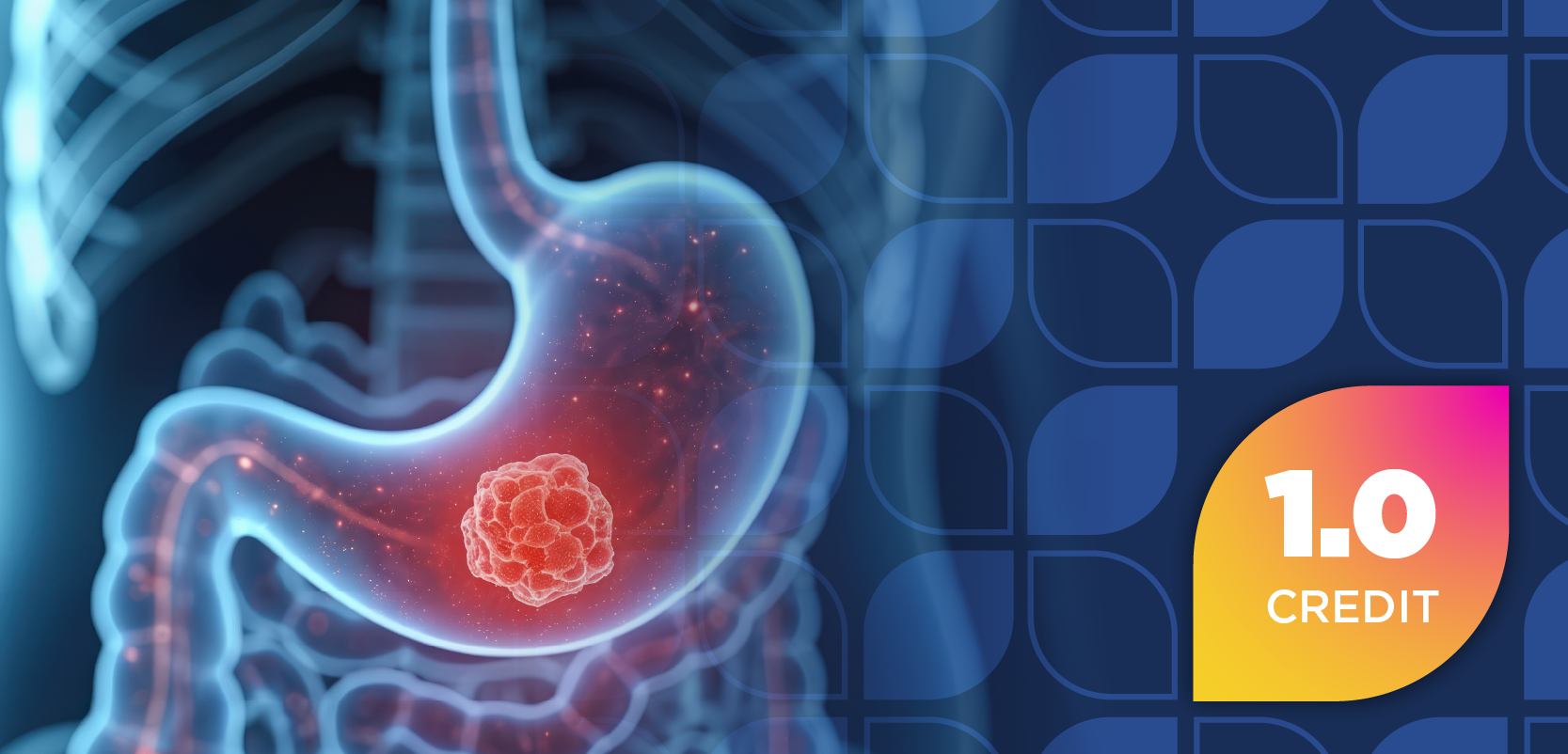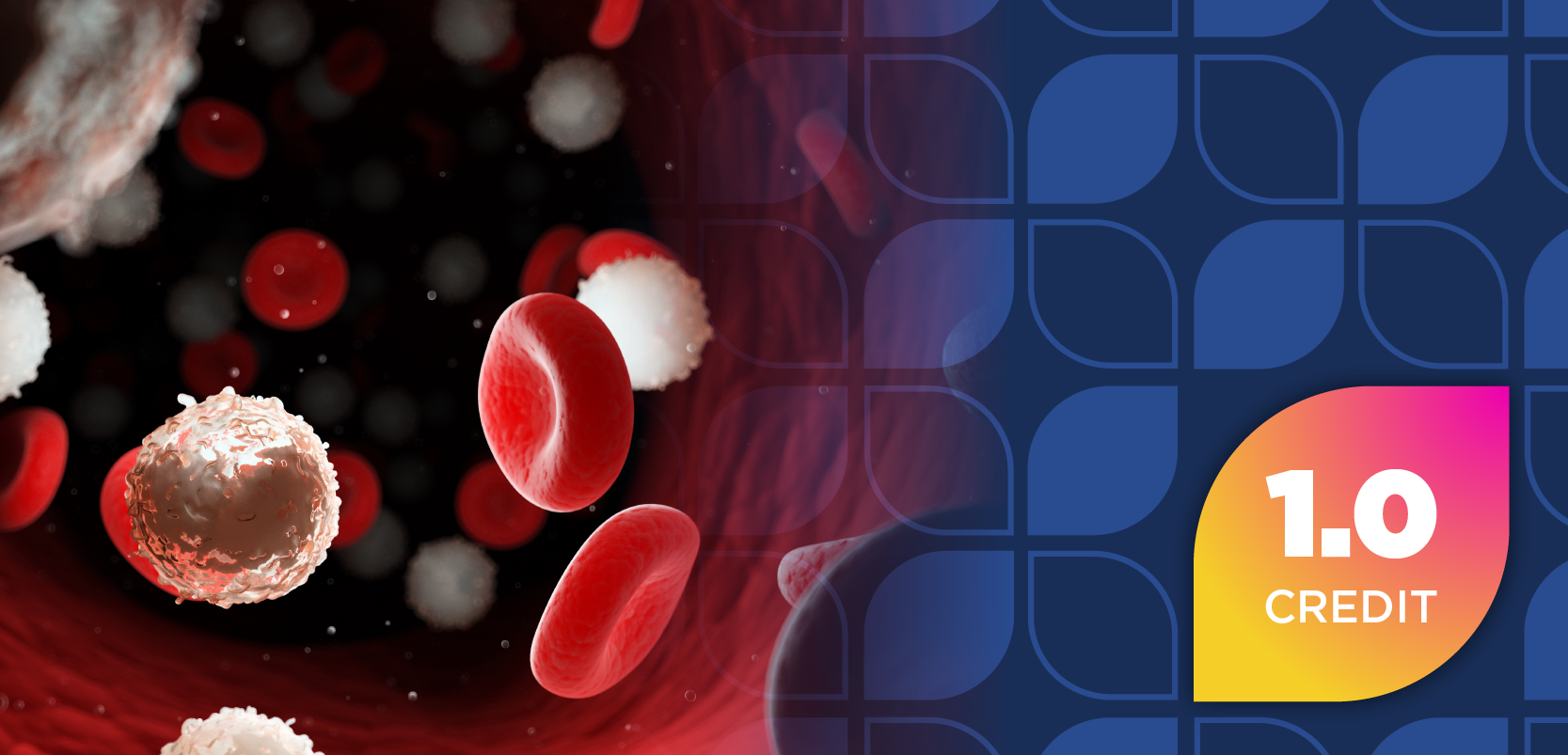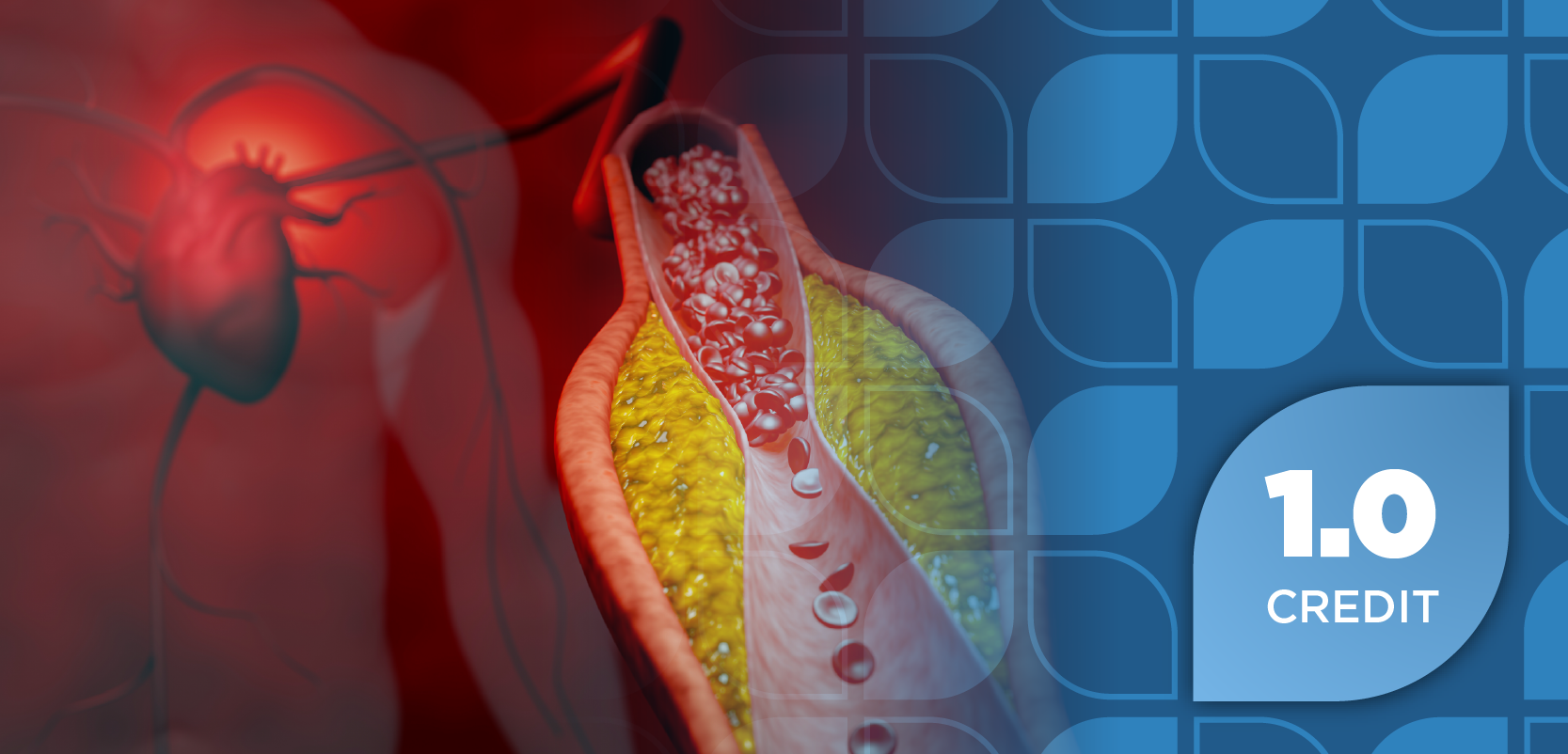
- June 2019 Women's Health
- Volume 85
- Issue 6
Do Statins Interfere With Clopidogrel During Platelet Therapy?
Despite data that might suggest a drug interaction, clinical significance is the deciding factor when considering therapeutic benefit over risk.
Drug interactions between clopidogrel (Plavix) and various statins have been ubiquitously investigated and documented over several years.1 Despite data that might suggest a drug interaction, clinical significance is the deciding factor when considering therapeutic benefit over risk. Statins are lipid-lowering agents, whereas clopidogrel is an antiplatelet agent. Clinicians commonly prescribe both medications for patients to prevent atherosclerotic cardiovascular disease (ASCVD). Statins are used for secondary prevention of ASCVD in all patients and for primary prevention in patients at high risk for cardiovascular disease.2 Clopidogrel is used to prevent heart attack or stroke in patients with acute coronary syndrome, established peripheral vascular disease, or stroke.3
Statins inhibit 3-hydroxy-3-methylglutaryl coenzyme A reductase, which is responsible for the rate-limiting step in cholesterol synthesis. Statins, with the exception of pravastatin, undergo extensive hepatic phase I metabolism by various cytochrome P450 (CYP) isoenzymes.4 Clopidogrel is an inactive thienopyridine prodrug that requires activation by CYP2C19, among other isoforms. The active metabolite of clopidogrel inhibits the platelet P2Y12 adenosine diphosphate receptor, which inhibits platelet activation and aggregation processes. CYP450, the main metabolic enzyme for both clopidogrel and statins, has various isoenzymes. The main focus here is on CYP3A4 and CYP2C9.4 CYP3A4 metabolizes primarily atorvastatin, lipophilic statins, lovastatin, and simvastatin, whereas CYP2C9 metabolizes fluvastatin and rosuvastatin. Clopidogrel is metabolized by CYP3A4 and CYP3A5 into the inactive metabolite. The level of CYP3A4 metabolic activity is inversely related to the antiplatelet effects of clopidogrel.4,5
Clinical significance of such a drug interaction was not evident in the largest clinical study conducted to observe this drug interaction.6 Investigators performed a post hoc analysis of patients who were taking a statin at baseline in the CHARISMA study.6 There was no difference in the primary end point within the CHARISMA study between the groups, suggesting no significant interactions between clopidogrel use and statin type. Saw et al concluded there was no evidence of an interaction clinically in a large placebo-controlled trial with a median follow-up of 28 months. Despite the conclusions, this study had many limitations. Further investigation is needed, and data need to be evaluated.6
The most commonly prescribed statin, atorvastatin, also metabolized by CYP3A4, was observed with the use of clopidogrel. Results of most studies showed no clinical significance. However, Brophy et al retrospectively evaluated 2927 patients in 1999 and 2000 who received outpatient prescriptions for clopidogrel within 5 days of percutaneous coronary intervention with stenting. Of these, 727 patients were also prescribed atorvastatin.7 The 30-day rates of adverse cardiovascular events (composite of death, myocardial infarction, stroke, transient ischemic attack and repeat revascularization procedures, and unstable angina) were evaluated.7 The investigators concluded that patients who took atorvastatin and clopidogrel together had almost a 2-fold—increased risk of major adverse events at 30 days compared with patients on clopidogrel alone. Although the results showed a significant drug interaction with clopidogrel and a statin, the investigators observed the specific interaction between only atorvastatin and clopidogrel. Because of the inconclusive data on such a drug interaction, clinicians should be cautious when coprescribing atorvastatin and clopidogrel.7
Other statins, including simvastatin and fluvastatin, were also evaluated for clinically significant drug interactions with clopidogrel. Siepmann et al8 conducted a double-blind, double-dummy, randomized, 2-period crossover study that evaluated clopidogrel with simvastatin or fluvastatin. Although the investigators reported no significant findings with clopidogrel and fluvastatin, they did report a significant finding with simvastatin regarding prothrombin time. However, coadministering clopidogrel with simvastatin did not affect or inhibit platelet aggregation. Fluvastatin was expected to not have a drug interaction because it is metabolized mainly by CYP2C9.8
Despite rosuvastatin being partially metabolized by CYP2C9 and not CYP3A4, this statin was still studied for possible drug interactions with clopidogrel. In a clinical study by Pinheiro et al, patients with stable coronary artery disease were on concomitant use of rosuvastatin 40 mg daily while on both the loading and maintenance doses (300 mg and 75 mg, respectively) of clopidogrel.9 After 1 week of clopidogrel, rosuvastatin had about a 40% increase in blood concentration. Because rosuvastatin is active independently of its metabolization, concurrent use of clopidogrel therapy does not reduce rosuvastatin’s benefits, nor does it decrease the efficacy of clopidogrel. The significance of these 2 medications together is undetermined, as they do not work on the same enzyme. However, clinicians should note that the increase in rosuvastatin concentration occurs concurrently but independently of either medication’s efficacy.9
Although lovastatin, a lipophilic statin metabolized by CYP3A4, was not evaluated or studied for drug interaction with clopidogrel, it is inferred that there is no clinical significance regarding its effect on the activity of clopidogrel on platelet aggregation.10
Although questionable data intuitively support drug—drug interactions between clopidogrel and statins, because of the shared CYP enzyme pharmacokinetics, actual significance is not supported by in vivo clinical trials. Nevertheless, this does not eliminate caution and proper screening in high-risk patients, especially because phenotypical outliers for various CYP enzymes may be less predictable without genetic testing. Although the literature acknowledges and confirms lab value fluctuations with statins concurrently taken with clopidogrel, health care providers should be aware providers should be aware that such variations are clinically significant but generally not therapeutically significant.
Verina Mansour is a PharmD candidate at the Albany College of Pharmacy and Health Sciences (ACPHS) in New York.Amy T. Murdico, PharmD, BCPS, is the associate chief of pharmacy services, the PGY-1 pharmacy residency director, and the PGY-2 pain and palliative care pharmacy residency coordinator at Albany Stratton VA Medical Center in New York. She coordinates and precepts in the VA Learning Opportunities Residency intern program and is an adjunct advanced pharmacy practice experience preceptor for ACPHS and Western New England University in Springfield, Massachusetts.Jeffrey Fudin, PharmD, FCCP, FASHP, FFSMB, is CEO and founder of Remitigate LLC and the owner and managing editor of paindr.com. He is also an adjunct associate professor at Western New England University College of Pharmacy and Health Sciences, an adjunct associate professor of pharmacy practice and pain management at ACPHS, and the director of the PGY-2 pain residency at Albany Stratton VA Medical Center.
REFERENCES
- Wang ZY, Chen M, Zhu LL, et al. Pharmacokinetic drug interactions with clopidogrel: updated review and risk management in combination therapy. Ther Clin Risk Manag. 2015;11:449-467. doi: 10.2147/TCRM.S80437.
- Grundy SM, Stone NJ, Bailey AL, et al. 2018 AHA/ACC/ AACVPR/AAPA/ABC/ACPM/ADA/AGS/APhA/ASPC/ NLA/PCNA guideline on the management of blood cholesterol [published online November 10, 2018]. Circulation. doi: 10.1161/CIR.0000000000000625.
- Clopidogrel. Lexi-drugs [database online]. Hudson, OH: Lexicomp Inc; 2016. online.lexi.com. Updated April 25, 2019. Accessed May 13, 2019.
- Bates ER, Lau WC, Angiolillo DJ. Clopidogrel-drug interactions. J Am Coll Cardiol. 2011;57(11):1251-1263. doi: 10.1016/j.jacc.2010.11.024.
- Bhatt DL, Fox KA, Hacke W, et al; CHARISMA Investigators. Clopidogrel and aspirin versus aspirin alone for the prevention of atherothrombotic events. N Engl J Med. 2006;354(16):1706-1717. doi: 10.1056/NEJMoa060989.
- Saw J, Brennan DM, Steinhubl SR, et al; CHARISMA Investigators. Lack of evidence of a clopidogrel-statin interaction in the CHARISMA trial. J Am Coll Cardiol. 2007;50(4):291-295. doi: 10.1016/j.jacc.2007.01.097.
- Brophy JM, Babapulle MN, Costa V, Rinfret S. A pharmacoepidemiology study of the interaction between atorvastatin and clopidogrel after percutaneous coronary intervention. Am Heart J. 2006;152(2):263-269. doi: 10.1016/j.ahj.2005.08.023.
- Siepmann T, Heinke D, Kepplinger J, et al. Interaction of clopidogrel and statins in secondary prevention after cerebral ischaemia - a randomized, double-blind, double-dummy crossover study. Br J Clin Pharmacol. 2014;78(5):1058-1066. doi: 10.1111/bcp.12416.
- Pinheiro LF, França CN, Izar MC, et al. Pharmacokinetic interactions between clopidogrel and rosuvastatin: effects on vascular protection in subjects with coronary heart disease. Int J Cardiol. 2012;158(1):125-129. doi: 10.1016/ j.ijcard.2012.04.051.
- Bhindi R, Ormerod O, Newton J, Banning AP, Testa L. Interaction between statins and clopidogrel: is there anything clinically relevant? QJM. 2008;101(12):915-925. doi: 10.1093/ qjmed/hcn089.
Articles in this issue
about 6 years ago
OTC Case Studies: Women's Healthover 6 years ago
Expand Your Pharmacy Footprintover 6 years ago
Discussion About Facebook Post Turns Into a Lawsuitover 6 years ago
CVD in Women Is an Underrecognized Problemover 6 years ago
Pharmacists Can Help Women Undergoing Menopauseover 6 years ago
Safety Requires a Healthy Preoccupation With Failureover 6 years ago
Prescription Drug Monitoring Programs Are Invaluableover 6 years ago
Are Women's Supplements and Vitamins Useful?Newsletter
Stay informed on drug updates, treatment guidelines, and pharmacy practice trends—subscribe to Pharmacy Times for weekly clinical insights.





















































































































































































































